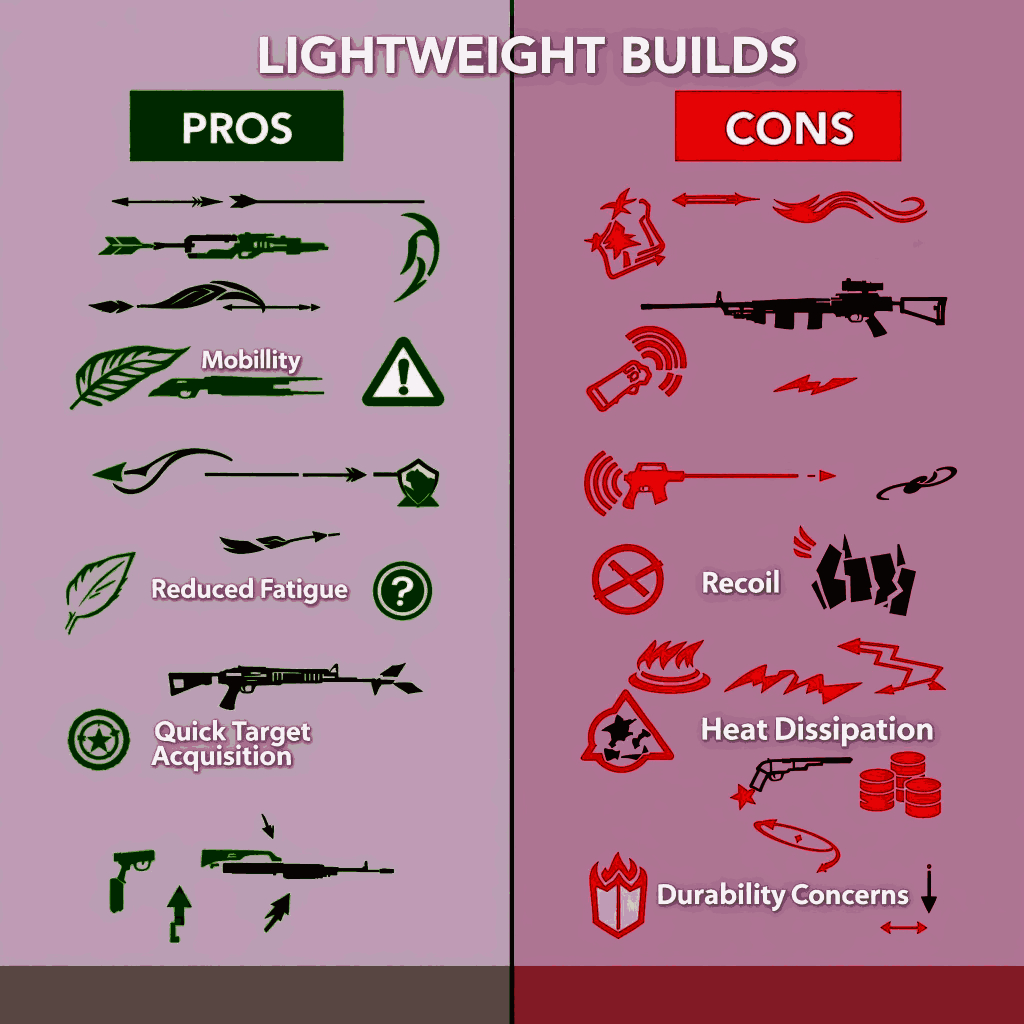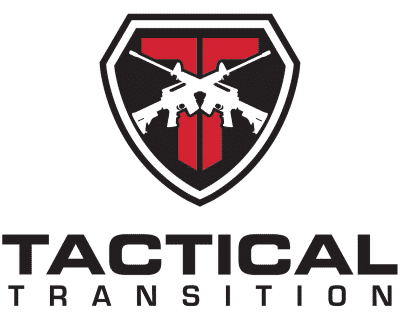The Pros and Cons of Lightweight AR Build

Introduction to Lightweight AR Build
Lightweight AR builds continue to gain popularity among firearm enthusiasts who desire greater maneuverability without sacrificing performance entirely. The concept of a lightweight AR build revolves around reducing the overall weight of the rifle for tactical or recreational advantages. Shooters appreciate faster handling and reduced fatigue during extended training or operational sessions with a lighter platform. Building a lightweight AR requires intentional parts selection, which affects not only weight but also the rifle’s durability and functionality. By understanding these advantages and limitations, builders can make more informed decisions regarding their lightweight AR builds.
Keyword Focus: Lightweight AR Build
This blog post emphasizes the term lightweight AR build to align with popular search intent and maximize visibility in relevant searches. Every point explored here relates directly to how a lightweight AR build functions in practical applications and real-world performance conditions. As we explore each section, the term lightweight AR build will continue to appear to ensure contextual alignment and keyword saturation.
Benefits of a Lightweight AR Build
One of the most significant advantages of a lightweight AR build is its superior mobility in dynamic shooting situations and environments. Whether clearing rooms or traversing large outdoor spaces, the reduced mass supports rapid movement and target transitions. The lessened weight also reduces shoulder fatigue, especially during prolonged use or high-volume shooting sessions over long durations. Hunters, especially, benefit from the portability of a lightweight AR build when hiking through various terrains and climates. Additionally, some competitive shooters find lighter rifles improve their response time and fluidity across different stages. With a streamlined design, these builds also have fewer snag points, which reduces the risk of equipment entanglement.
Transitioning to Compactness and Simplicity
Another major benefit is the simplicity and minimalism that often accompanies a lightweight AR build in terms of configuration. Many builders use minimalist stocks, low-profile handguards, and slim-profile barrels to achieve weight savings without compromising function. This setup often results in an aesthetically cleaner firearm that aligns with modern tactical trends and civilian preferences. Shooters benefit from faster follow-up shots due to reduced recoil impulse and less muzzle rise. Even in close-quarters training, the reduced bulk of a lightweight AR build allows for easier manipulation and cleaner transitions. Furthermore, traveling with or storing a lightweight AR build becomes much easier due to the compact and minimal footprint. As a result, many see the design as both functional and practical across a broad range of shooting activities.
Weight Reduction: Parts Selection and Trade-Offs
Choosing parts for a lightweight AR build requires deliberate consideration since most lighter components may compromise strength or longevity. Aluminum or carbon fiber handguards and titanium pins save weight but may not provide equal durability under harsh use. Pencil barrels, although light, tend to heat faster and lose accuracy after extended strings of fire during range sessions. Lightweight bolt carrier groups help reduce cycling mass but might be less forgiving under high round counts or suppressed fire. Even skeletonized receivers and minimalist stocks can introduce potential weaknesses in rugged operational environments or combat simulations. Builders must determine whether the trade-offs associated with each lightweight part align with their actual usage patterns. Therefore, a balanced perspective on performance versus portability remains essential in any successful lightweight AR build project.
Recoil Management and Handling Characteristics
While lightweight AR builds excel in maneuverability, they can increase felt recoil due to the reduced mass of the rifle overall. In contrast to heavier rifles that absorb recoil more effectively, these lighter builds transmit more energy back to the shooter. Although not unmanageable, this added recoil may affect control during rapid or follow-up shots in specific scenarios. Shooters transitioning from standard-weight rifles may need time to adjust their grip and shooting mechanics for optimal performance. Muzzle rise can also be slightly more pronounced in a lightweight AR build, affecting recovery between shots temporarily. Fortunately, many modern compensators and muzzle brakes help offset these effects when properly tuned to the build’s profile. Still, shooters should anticipate a learning curve and consider recoil dynamics when constructing a lightweight AR build.
Accuracy and Barrel Performance Under Heat
Many builders overlook how heat affects the performance of lighter profile barrels found in most lightweight AR builds. Because pencil barrels or thinner profiles lack mass, they retain heat longer and shift point-of-impact under sustained fire. This phenomenon can reduce group consistency during range days that involve repeated rapid fire or longer shooting strings. For casual plinking or low-round-count training, this may not pose an issue requiring significant concern. However, those seeking repeatable precision may prefer a mid-weight or fluted barrel instead of ultra-light pencil profiles. In hotter climates, heat-induced accuracy degradation becomes even more evident and affects long-range engagement performance. Consequently, it becomes essential to match the barrel profile to your intended use case and shooting conditions. Understanding this limitation allows builders to work around heat issues or adjust shooting patterns to maintain consistency.
Cost Considerations and Availability of Parts
Another often-overlooked aspect of a lightweight AR build is the cost and availability of ultra-light components required for the configuration. Many lightweight parts use advanced materials and machining, which can significantly increase the overall build cost. Items like carbon-fiber handguards, titanium components, and skeletonized accessories often come at a premium price point. This can deter budget-conscious builders who may prefer more traditional setups using standard materials and configurations. Furthermore, not every local retailer may stock lightweight-specific components, creating availability challenges for non-mainstream parts. While online resources help bridge this gap, it adds time and complexity to the sourcing process. Overall, builders must plan accordingly for both budget and supply timelines when undertaking a lightweight AR build.
Balance and Center of Gravity
A lighter rifle does not always mean a better-balanced rifle, especially if weight reduction happens unevenly across the platform. For example, if too much weight is removed from the rear, the lightweight AR build may feel front-heavy and awkward to control. Conversely, excessive front-end cuts may lead to a rifle that feels too light up front, affecting target acquisition and tracking. Builders must carefully consider the rifle’s balance and how it will feel in different shooting stances and firing positions. Weight should be distributed in a way that complements the shooter’s natural movement and ability to stay on target. Using balanced components helps maintain fluidity while transitioning between targets or engaging from unconventional shooting positions. Therefore, achieving weight savings while maintaining proper balance becomes a key component of a successful lightweight AR build.
Ideal Users for Lightweight AR Builds
Certain types of shooters benefit more from a lightweight AR build based on their activity and environment. Tactical professionals, for instance, often appreciate the reduced weight when carrying gear over long periods. Similarly, competitive shooters who rely on speed and efficiency favor lighter rifles for quick transitions and smoother movement. Hunters who cover miles in challenging terrain prefer lightweight AR builds due to portability and reduced fatigue over long distances. New shooters or individuals with smaller frames also find lighter rifles easier to handle and manipulate during practice or training. However, those involved in precision long-range shooting or extended suppressor use may find lightweight AR builds lacking in thermal stability. Understanding your role and purpose helps determine whether a lightweight AR build fits within your performance expectations and preferences.
Final Thoughts: Making the Right Decision
Choosing whether to pursue a lightweight AR build depends on your intended use, environment, and expectations regarding performance. Although these rifles offer numerous advantages in handling, transport, and aesthetics, they also come with trade-offs involving heat management and recoil. With intentional planning and the right component selection, a lightweight AR build can become a reliable and effective platform. Shooters must honestly evaluate their goals and balance those against the benefits and limitations associated with such builds. A thoughtful approach ensures your build delivers performance where it matters most, whether in competition, training, or personal defense. Ultimately, the decision to build lightweight should reflect your mission, budget, and commitment to understanding the platform’s dynamics fully.
